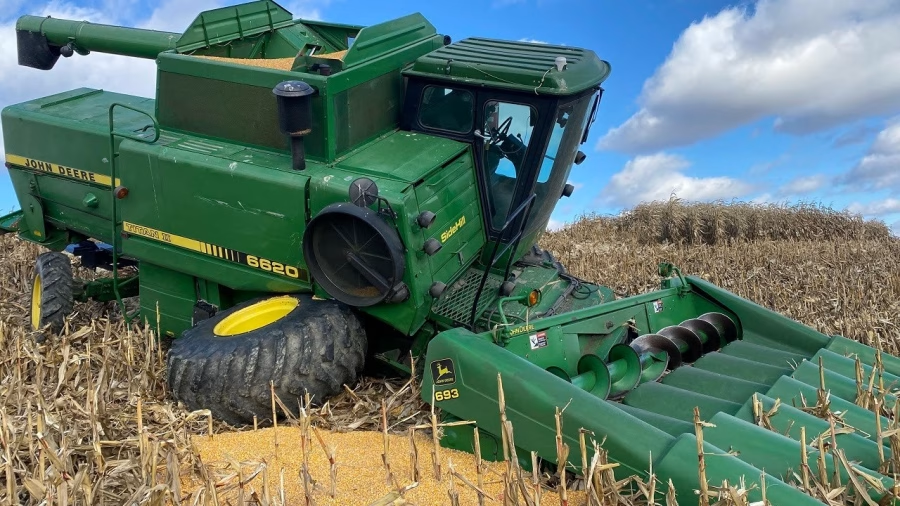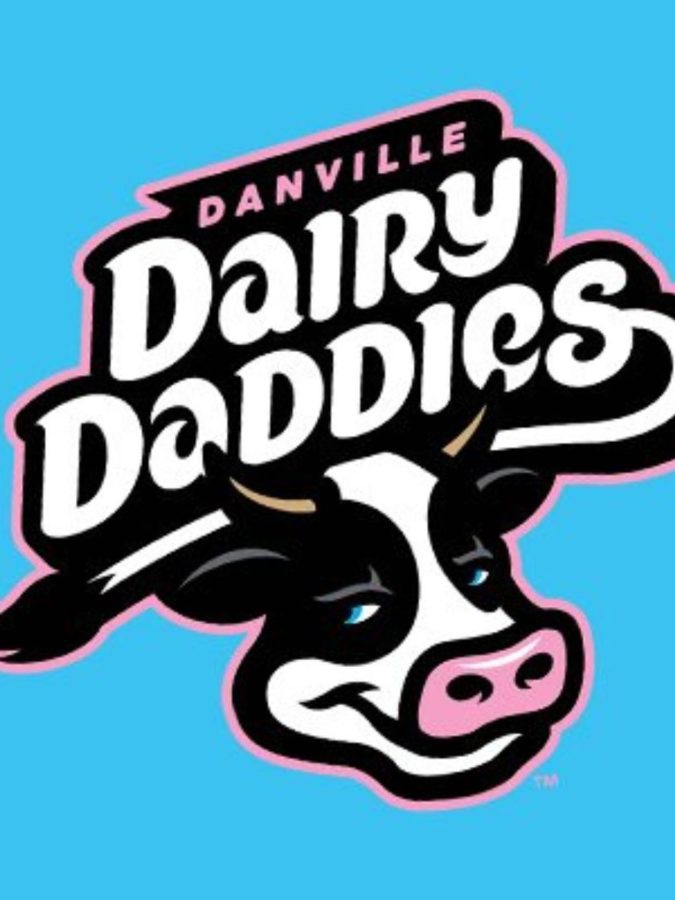Explore how the high standards set by Apple are transforming dairy technology. Are these groundbreaking innovations raising the bar too high for efficiency and sustainability in the dairy farming sector?

Apple’s reputation for setting and demanding high standards in the tech industry is legendary. Every product, every innovation, and each facet of the ecosystem experience is finely crafted with unwavering attention to detail. This distinctive ethos has set an unparalleled benchmark in consumer electronics and a swath of diverse industries. Surprisingly, the dairy industry is one sector that feels the forceful ripple effect of Apple’s influence. As we delve into this unexpected interaction, we explore how Apple’s stringent standards revolutionize dairy technology – promoting unprecedented efficiency and encouraging sustainability.
The Apple Ethos: Setting New Standards in Dairy Technology
This is surprising. How exactly can a company renowned for unique consumer electronics heavily impact a sector as distinct as dairy farming? The answer is rooted in the principles that define Apple’s unparalleled success. Apple’s triumph hinges on a foundation fortified by meticulous design, unflagging dedication to excellence, and a never-ending pursuit of quality and innovation.
So, what are these fundamental principles? The core elements are simplicity, practicality, and a relentless drive for excellence. These factors have fostered a distinct culture within Apple, permeating every component of the company’s extensive operations. Whether it’s the intertwined supply chains adept at global product delivery, the tenacious software development teams crafting robust solutions, the stringent adherence to international standards by production units, or the customer service team known for unparalleled support – Apple’s ethos continually resets the industry standard.
Remarkably, these principles are not just making waves, but also stirring up progress in the dairy sector. The potential rewards of this unexpected alliance are immense—enhanced resource efficiency, elevated animal welfare, and superior product quality. The dairy industry, once considered archaic, is now on the cusp of a technological revolution, all thanks to Apple’s renowned standards.
Are you intrigued by the potential of Apple’s ambitious ethos to transform dairy farming? Stay with us as we unravel this fascinating transformation and envision the potential future of dairy technology, inspired by Apple’s extraordinary ethos. The possibilities are endless, and the future is bright.
Apple-Style Precision Meets Dairy Technology
Gone are the days when the dairy industry was considered archaic and resistant to change. Today, it is actively embracing technology to boost productivity and sustainability. Surprisingly, Apple’s renowned standards have played an instrumental role in shaping this sector, signaling the convergence of two unlikely worlds. Let’s enumerate these exciting transformations:
- Design Simplicity and User Experience
- Dairy tech companies, taking a leaf out of Apple’s book, are leaning into user-centric designs to revolutionize the dairy domain. From milking robots to herd management software, equipment interfaces are being reimagined to be farmer-friendly, reducing the learning curve and promoting swift adoption. Furthermore, drawing parallels with Apple’s seamless device ecosystem, these firms strive to create integrated platforms where health monitors, feed management, and production data coalesce, enabling effortless, real-time insights for farmers.
- Quality Control and Data Accuracy
- Emulating Apple’s uncompromising commitment to high-quality standards, the dairy industry is seeing the onset of improved precision farming practices. Thanks to cutting-edge sensors and analytics tools, subtle shifts in cow health, milk quality, and feed efficiency are promptly detected, ensuring superior product quality. Inspired by Apple’s rigorous product testing, dairy tech firms are implementing more stringent testing protocols for their equipment, resulting in longer-lasting, more reliable machinery that bolsters productivity while reducing downtime.
- Sustainability Initiatives
- As Apple continues its concerted efforts to mitigate its carbon footprint, dairy tech companies are following suit by focusing on sustainability measures. Automated milking systems and precision feeding techniques minimize water use and curtail food waste, substantially reducing environmental impact. Using Apple’s renewable energy initiatives as a cornerstone, dairy farms are exploring analogous avenues to transition toward sustainable energy production. Advanced manure management systems now enable farmers to recycle waste into biogas and organic fertilizers, heralding the dawn of circular agriculture.
- Supply Chain Optimization
- The ripple effects of Apple’s meticulous supply chain management practices are palpable within dairy supply chains. Farmers are leveraging logistics software to fine-tune milk collection routes, reducing transportation costs and guaranteeing fresher product delivery. Similar to how Apple anticipates potential disruptions in its supply chain, dairy tech firms are leveraging predictive maintenance tools to minimize equipment downtime, ensuring a smooth and consistent production pipeline.
- Customer Support and Education
- As we can see in Apple’s customer support echelons, dairy tech companies offer comprehensive after-sales support. This includes accessible 24/7 helplines, on-site maintenance, and digital manuals. Also recognizing the paramount importance of continuous education, these firms provide online training courses and webinars for farmers, reflecting Apple’s commitment to customer education as seen in their retail stores.
Embracing the Apple-Inspired Agricultural Revolution
In a world driven by innovation and user-centricity, as exemplified by Apple, it’s not surprising to see echoes of this approach in agricultural technology. Despite the unique challenges of rural connectivity, data collection, and environmental conditions, dairy farmers are demonstrating a strong demand for technological solutions that offer advanced functionality, practicality, and ease of use. This demand is not just a trend, but a testament to the potential of Apple-inspired dairy technology to address the unique challenges of the agricultural sector.
As proof, consider the surge in the sales of wearable devices for dairy, helmed by leaders like Merck’s Antelliq, Cow Manager, and Nedap. Farmers here are choosing cow collars, Fitbits, or ear tags not just based on functionality but also for their straightforward installation process and intuitive data platform usage.
New entrants in the tech race, like SmaXtec, are leaving their trail of impact, too. Their smart rumen bolus, an innovation already used by hundreds of thousands of cows in the US, is revolutionizing dairy farming. The tech offers continuous health monitoring—a significant leap that can prevent issues and potentially save hundreds of dollars per animal annually.
Companies like Labby are ushering in the real-time milk quality analysis age. They demonstrate that advanced functionality and accessibility can marry perfectly to yield technology that’s not only groundbreaking but also easy to install and use.
As more and more dairy tech firms borrow from Apple’s principles, the farming landscape is seeing an intriguing shift. Camera sensors for behavioral observation and feed availability checks are facing similar challenges. Yet, industry stakeholders remain undeterred, emphasizing ease of installation and realizing the value of innovative farming solutions.
Eco-driven and profit-conscious, the dairy industry embraces the technological revolution, molded in the Apple image. The path ahead promises an exciting blend of vision, innovation, and transformative evolution.
Eco-driven and profit-conscious, the dairy industry embraces the technological revolution, molded in the Apple image. The path ahead promises an exciting blend of vision, innovation, and transformative evolution.
The Bottom Line
Apple’s exceptional standards establish an example that resonates beyond personal electronic devices. By embodying these principles, you – the dairy industry – are not simply attaining enhanced performance but also integrating environmentally friendly practices that hold the potential to revolutionize the future of farming. This paradigm shift, influenced by Apple’s vision, epitomizes a fresh epoch where inventiveness, efficiency, and long-term sustainability coexist. Apple’s influence on dairy technology is paving the way for a more advanced, sustainable, and efficient future of farming.
Key Takeaways:
The convergence of Apple’s user-focused design principles and modern dairy technology has created high expectations in the agricultural sector. This article explores how Apple’s reputation for intuitive interfaces, reliability, and sustainability is inspiring dairy tech innovations.
- Apple’s legacy of making technology accessible has set a high bar for user-friendly agricultural solutions.
- Dairy farming presents unique challenges, such as connectivity, environmental conditions, and complex requirements, making tech adoption slower.
- Despite these hurdles, there’s a growing demand for impactful, easy-to-use agtech solutions that borrow from Apple’s design principles.
- Leading companies like Merck’s Antelliq, Cow Manager, and Nedap are at the forefront, offering practical devices suited to the demanding conditions of dairy farms.
- Successful adoption of dairy tech is driven by ease of installation and intuitive data platforms, essential for real-time animal monitoring and management.
- Solutions like SmaXtec’s smart rumen bolus and Labby’s instant milk quality analysis represent the latest advancements, promoting efficiency and sustainability in dairy operations.
“The future of dairy farming is promising, with pioneering companies leading the way towards more efficient, sustainable, and technologically driven operations.”














